Add to Cart Rate: What It Is, Why It Matters, and How to Improve It
Published on October 07, 2025/Last edited on October 07, 2025/12 min read
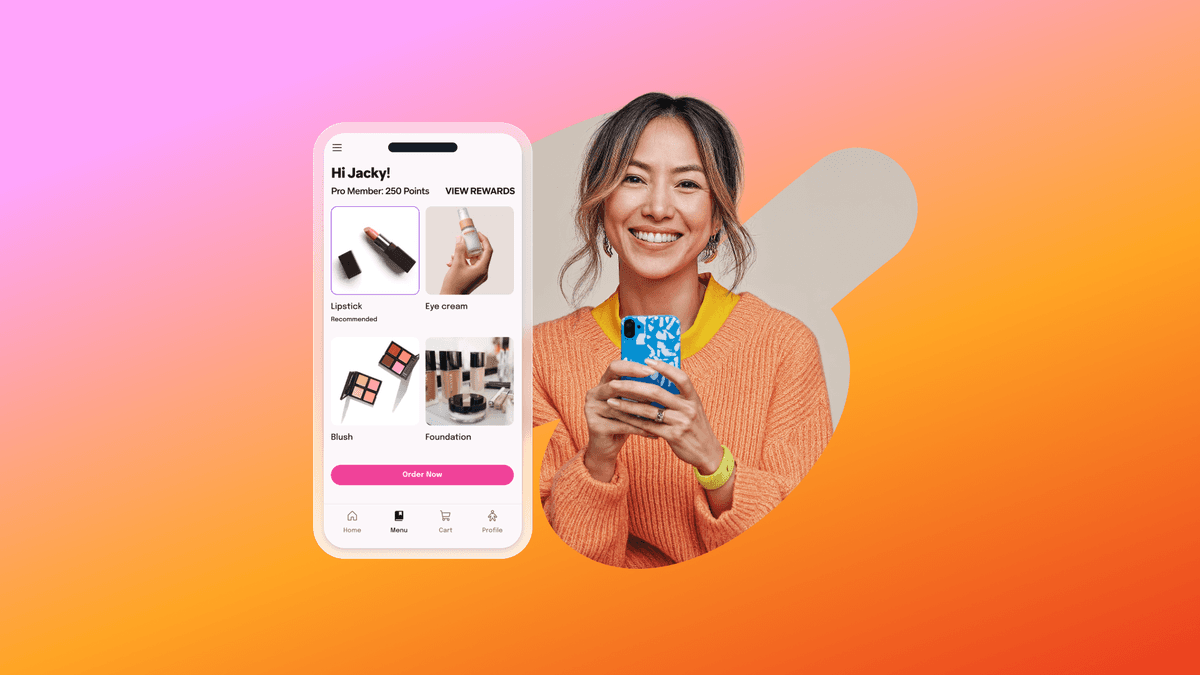
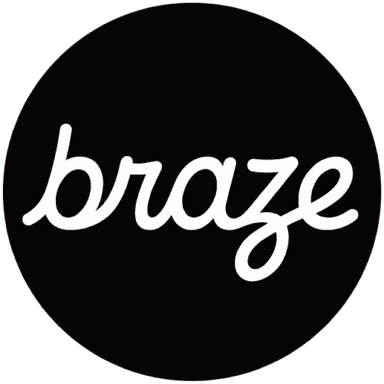
Team Braze
Add to cart rate captures a pivotal moment in the shopping journey—the shift from browsing to genuine buying intent. Unlike vanity metrics that only skim the surface, this key performance indicator (KPI) signals when customers are ready to engage more deeply with your brand.
For eCommerce teams, it’s an early pulse check on how product pages, pricing, and experiences are performing. Track it closely and you’ll spot opportunities to reduce friction, strengthen product appeal, and tie customer intent directly to revenue growth. In this article, we’ll dig into what add to cart rate means, why it matters, and how to optimize it.
Contents
- What is add to cart rate?
- Why add to cart rate matters
- Add to cart benchmarks by industry
- Factors that influence add to cart rate
- How to improve add to cart rate
- How Braze supports improving add to cart rate
- Add to cart rate FAQs
What is add to cart rate?
Add to cart rate is the percentage of website sessions where at least one product is added to the shopping cart. Sometimes called eCommerce add to cart rate, or add to cart conversion rate, this KPI measures how effectively your store turns browsing into intent.
As part of the wider set of eCommerce KPIs, add to cart rate sits alongside metrics like cart abandonment rate, checkout completion rate, and overall conversion rate. Together, these customer journey metrics help you understand how shoppers move through the checkout funnel—from product discovery to purchase.
How to calculate eCommerce add to cart rate
The formula for add to cart rate is straightforward:
(Sessions with add to cart ÷ Total sessions) × 100
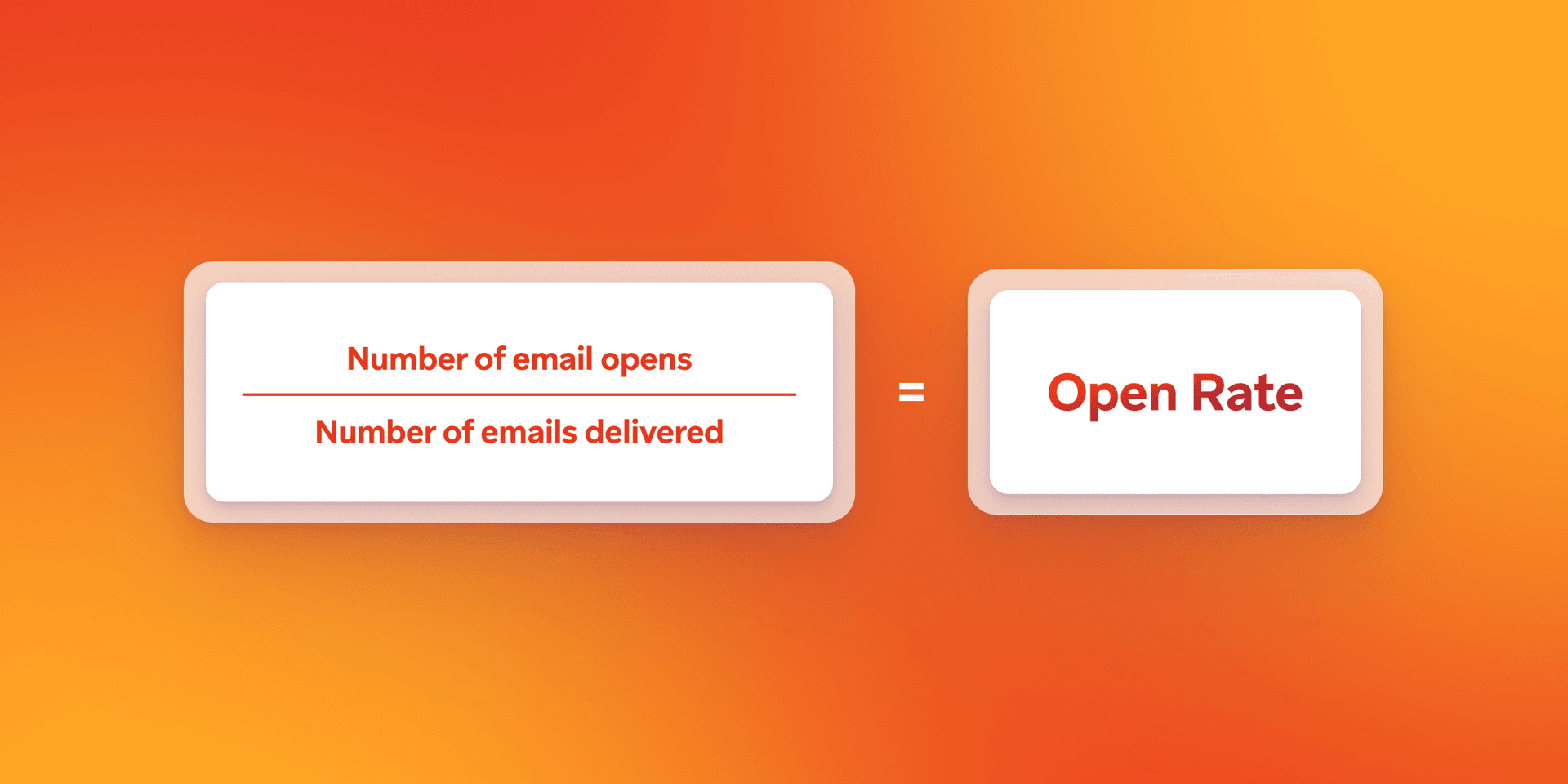
For example, if your site has 10,000 sessions and 800 of those sessions include at least one add to cart action, your add to cart rate would be:
(800 ÷ 10,000) × 100 = 8%
A few nuances to keep in mind:
- Analytics platforms track this differently. Google Analytics 4 uses event-based tracking, while Shopify or Adobe Analytics may count add to cart actions in other ways.
- The calculation is usually session-based. That means multiple adds within one session are counted as a single add to cart action.
- With Braze, you can track add to cart as a custom event. You can also integrate with other platforms like Shopify.
What is a good add to cart conversion rate?
On average, eCommerce add to cart rates typically fall between 2% and 10%, though benchmarks vary by industry, device, and region. Anything consistently below 2% often signals friction, while rates closer to 8–10% suggest strong product appeal and site performance.
Why add to cart rate matters
Add to cart rate matters because it reflects intent, not just interaction. It shows when customers move from browsing to considering a purchase—and that makes it one of the most useful early funnel signals in eCommerce.
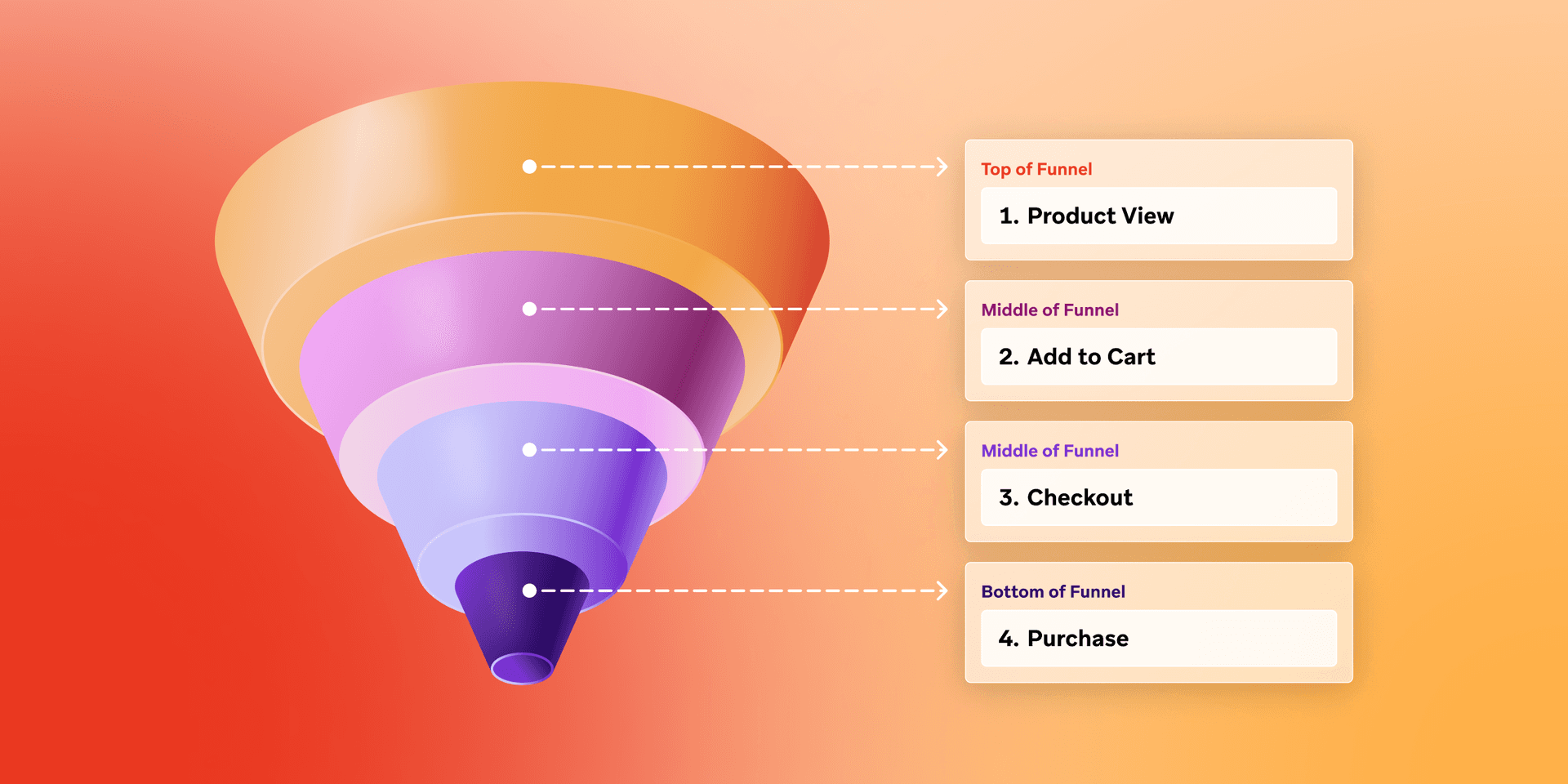
Early funnel intent signal
Adding an item to the cart is one of the clearest user intent signals in eCommerce. It shows a visitor has moved beyond casual browsing and is actively weighing a purchase.
Correlation with purchase likelihood
A strong add to cart rate usually means stronger conversion potential. If adds are high but purchases lag, it’s a sign of friction in the checkout funnel—like unexpected shipping costs, limited payment methods, or clunky forms. Viewed alongside other eCommerce KPIs, it highlights where conversion optimization is needed.
Product-market fit and pricing insights
Low add to cart rates can point to gaps in product-market fit, unclear positioning, or prices that don’t resonate with your audience. On the flip side, high add to cart activity with poor checkout completion often signals trust or usability issues further downstream.
UX and site performance diagnostic
Because it sits at the intersection of browsing and purchase, add to cart rate doubles as an early warning system for site performance. Slow load times, cluttered layouts, or weak calls to action (CTAs) can all suppress the metric. Tracking it alongside cart abandonment rate, checkout rate, and overall conversion rate provides a clearer picture of funnel health.
Add to cart benchmarks by industry
Understanding how your add to cart rate stacks up against industry averages provides valuable context—but it’s just a starting point. Comparing your performance against an add to cart benchmark helps set realistic expectations, but the real value comes from interpreting them in the context of your own funnel.
Global average add to cart rate
Recent reports place the global add to cart rate between 6% and 11%, with variation depending on methodology and sample. In practice, most healthy eCommerce businesses fall somewhere in the 2%–10% range, depending on vertical and audience intent.
Add to cart rate by industry
Sector plays a major role in performance. As of August 2025, average add to cart rates look like this:
- Beauty & personal care: 9.09%
- Consumer goods: 4.81%
- Fashion, accessories, & apparel: 6.62%
- Food & beverage: 6.94%
- Home & furniture: 3.88%
- Luxury & jewelry: 2.36%
- Multi-brand retail: 8.37%
- Pet care & veterinary services: 2.97%
Luxury products typically see lower rates due to higher consideration cycles, while categories like beauty or multi-brand retail perform higher thanks to lower price points and habitual purchasing.
Add to cart rate by location
Geography also influences add to cart behavior:
Regional differences often reflect shopping culture and device usage—what feels like friction in one market might be standard in another.
Add to cart rate by device type
Add to cart performance is also relatively consistent across devices:
With mobile driving the majority of eCommerce traffic, even small differences in experience can have a large impact on overall performance. Brands that deliver cross-device consistency typically see stronger funnel results.
Using benchmarks strategically
Benchmarks provide a useful reference point, but the most meaningful comparison is always against your own performance over time. Looking at add to cart rate by traffic source, product category, or campaign can reveal which levers actually drive intent.
Use industry benchmarks as a way to set ambitious but realistic targets—whether that means reaching the top quartile for your sector or closing gaps with direct competitors.
Just remember: Add to cart rate is only one piece of the puzzle. To understand the full story, connect it with other eCommerce KPIs like checkout completion, cart abandonment, and overall conversion rate. Taken together, these metrics show how effectively your customer journey turns intent into revenue.
Factors that influence add to cart rate
Add to cart decisions are shaped by a mix of on-site experience and off-site engagement. From product pages to promotions to cross-channel nudges, each touchpoint influences whether shoppers progress deeper into the checkout funnel.
Make product pages work harder
The product page is where most add to cart actions happen. Crisp images, clear copy, accurate specs, and reviews build trust and reduce hesitation. Weak or incomplete details make it harder for shoppers to commit—dragging down your eCommerce add to cart rate. Strong product detail pages remain one of the most effective levers for shopping cart optimization.
Price with intent
Competitive pricing and smart offers shape customer intent signals. Discounts, bundles, or free shipping thresholds encourage adds, while hidden costs like surprise fees often stop momentum cold. Pricing strategy plays as big a role in add to cart rate as page design.
Remove friction from the experience
Every delay or design misstep reduces the likelihood of an add to cart. Slow load times, cluttered layouts, or hard-to-find CTAs chip away at intent. Mobile matters a lot here; with so much traffic coming from handheld devices, optimizing speed and usability across screens is critical for keeping the customer journey flowing.
Personalize the path forward
Relevance drives action. Personalized recommendations based on browsing behavior, past purchases, or contextual signals make it easier for shoppers to find what resonates. Product carousels, dynamic blocks, and predictive suggestions all support conversion optimization by surfacing the right product at the right moment.
Nudge across channels
Engagement doesn’t stop at the product page. Well-timed nudges—an email reminding shoppers of viewed items, a push highlighting low stock, or an in-app message showcasing trending products—extend the journey beyond a single session. These cross-channel touches can turn casual browsing into intent, and intent into conversion.
By analyzing these factors, you’ll quickly see whether your add to cart rate is being held back by weak content, pricing, friction, or missed opportunities for personalization. Each element is a lever for optimizing the journey and moving more shoppers toward checkout.
How to improve add to cart rate
Improving add to cart rate means shaping experiences that move customers smoothly from interest to intent. These strategies can help brands improve add to cart rate while supporting broader conversion optimization goals. They encourage focus on relevance, orchestration, and experimentation to lift performance.
Personalize every touchpoint
Recommendations based on browsing, past purchases, or contextual signals make products feel timely and relevant. Dynamic blocks that surface trending items or audience-specific offers add momentum, while tailored incentives help different customer groups take action.
Orchestrate the customer journey
Add to cart is just one step in the funnel. Triggered campaigns across email, push, SMS, and in-app keep customers engaged. For example, repeated product views without an add can prompt a follow-up message, while multi-step flows encourage progression before abandonment ever happens.
Test and learn continuously
Design and messaging choices also affect conversion. Testing CTA copy, button placement, urgency signals, or promotional strategies reveals what drives cart actions. Consistent experimentation sharpens product page optimization and builds confidence in what resonates.
Leverage AI to predict intent
Predictive tools can identify customers most likely to add items and deliver targeted nudges like free shipping thresholds or limited-time offers. AI also helps determine the right channel and timing, aligning prompts with customer preferences.
Align with lifecycle campaigns
Add to cart rate improves when campaigns reflect where a customer is in their journey. Welcome offers for new visitors, reminders for active cart adders, and upsell campaigns for loyal customers all contribute to stronger results.
How Braze supports improving add to cart rate
Brands lift add to cart rate by shaping experiences that connect relevance, timing, and consistency. Braze makes that possible with three core capabilities:
- Real-time and relevant personalization across channelsAdapt content, offers, and recommendations the moment behavior changes and with context. Whether behavior, location or channel change, messages stay relevant and timely.
- Triggered messaging at critical momentsReach customers when intent is strongest. From follow-ups after a product view to reminders after a cart action, triggered campaigns keep momentum moving toward checkout.
- Cross-channel orchestrationGuide the journey across email, push, SMS, and in-app with a consistent voice. By coordinating channels, brands can reduce friction and help customers take the next step with confidence.
Here’s how leading brands have used Braze to put these capabilities into action.
500px: Personalization through localization lifts revenue
500px is a global photography community with more than 18 million users across 190 countries. With such a diverse audience, connecting with customers in the right way—and the right language—was critical.
The problem
500px found that sending all communications in English limited engagement and reduced paid membership sign-ups in non-English-speaking markets.
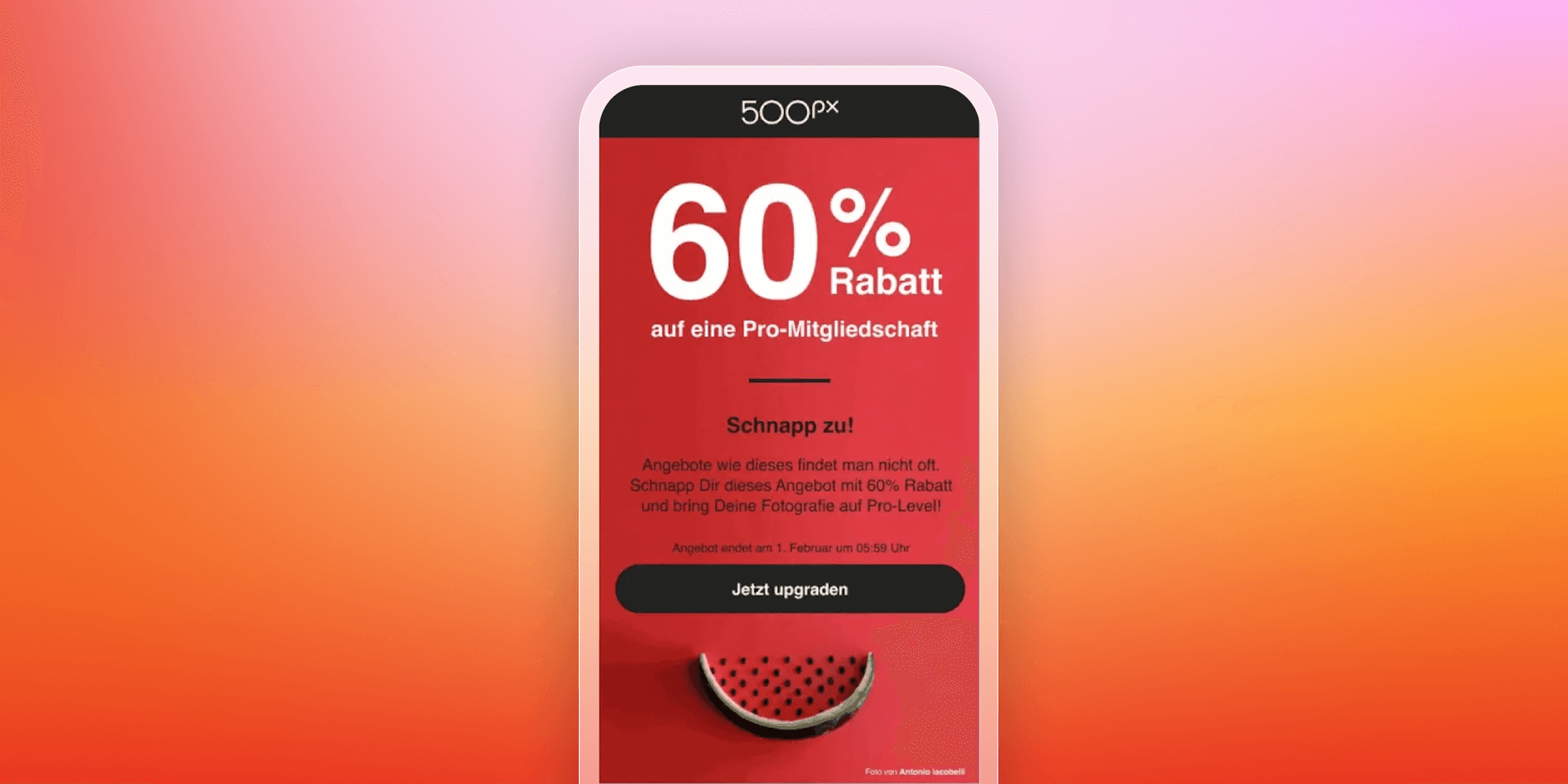
The solution
Using Braze, 500px launched localized, cross-channel campaigns in French and German. By testing subject lines and tailoring email, push, and in-app messages, the team refined its outreach for each region.
The results
- 257% increase in revenue in Germany
- 145% increase in revenue in France
By personalizing at the language level, 500px turned overlooked markets into top performers—showing how relevance can directly influence customer intent and downstream conversion.
Dafiti: Triggered in-app messages spark conversion
Dafiti is the largest fashion and lifestyle eCommerce brand in Latin America, with operations in Brazil, Argentina, Chile, and Colombia. With more than 700 brands and 60,000 products available per country, Dafiti needed a way to engage “virtual window shoppers” and turn browsing into buying.
The problem
Different systems for email and push made cross-channel engagement difficult, and Dafiti lacked the ability to segment users or test timely campaigns effectively.
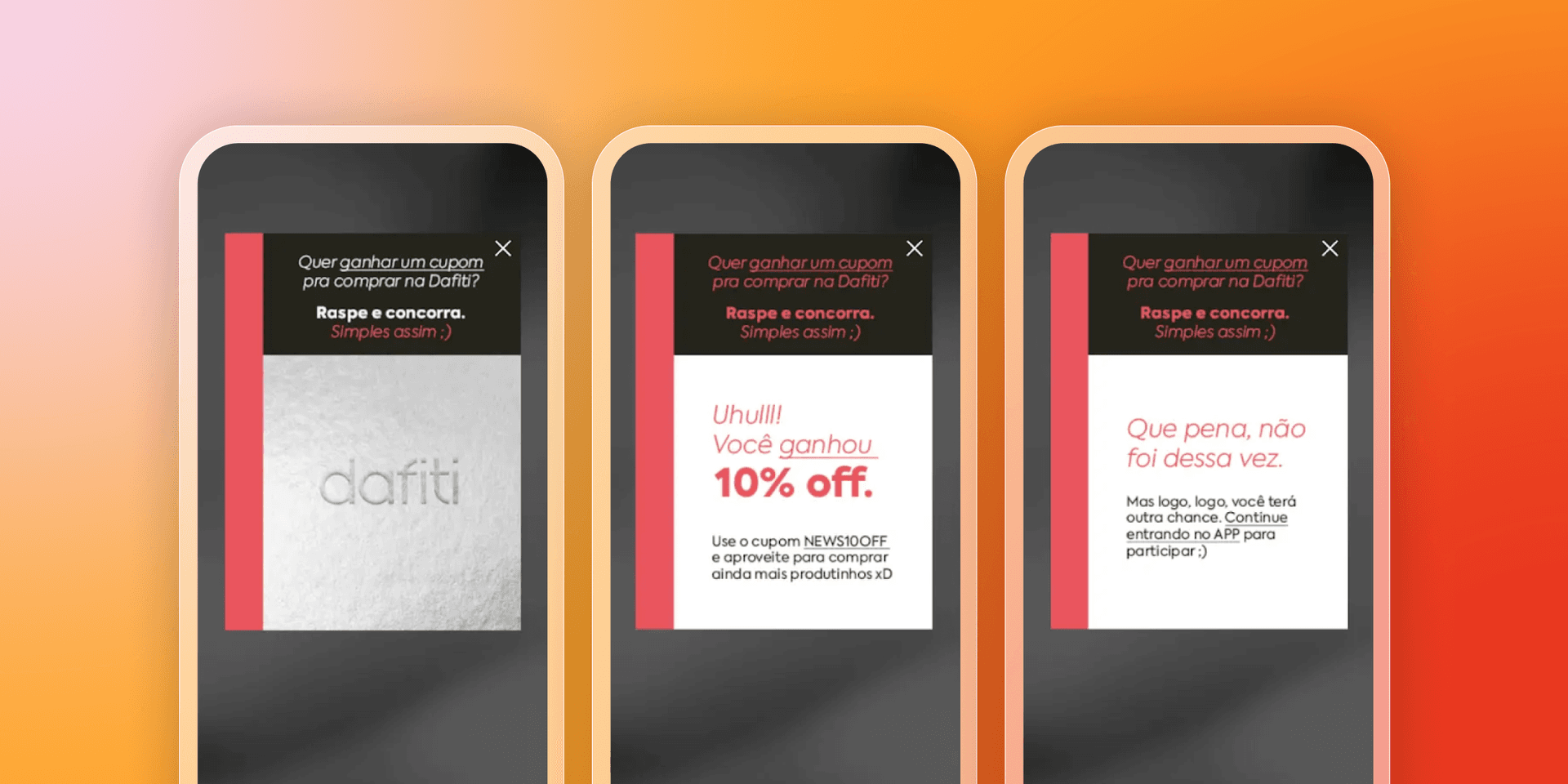
The solution
Using Braze, Dafiti introduced triggered in-app messaging and email campaigns designed to drive immediate action. One example included a countdown-timer discount, nudging users to complete a purchase before time expired. Another gamified campaign used a scratch-and-win mechanic to re-engage lapsed app users.
The results
- 300% increase in revenue per user
- 82% increase in orders
- 43% rise in conversion against control group
With triggered messaging and real-time testing, Dafiti transformed passive browsing into active purchasing—demonstrating the power of timely nudges to boost add to cart actions and conversions.
Picklebet: Cross-channel orchestration drives retention
Picklebet is an Australian sports betting brand reimagining fan engagement with its innovative app. In a crowded, promotion-heavy market, it needed to create a differentiated, sustainable experience that kept users engaged long term.
The problem
Picklebet wanted to increase customer lifetime value and retention, but legacy-style campaigns that relied on blanket promotions weren’t sustainable or profitable.
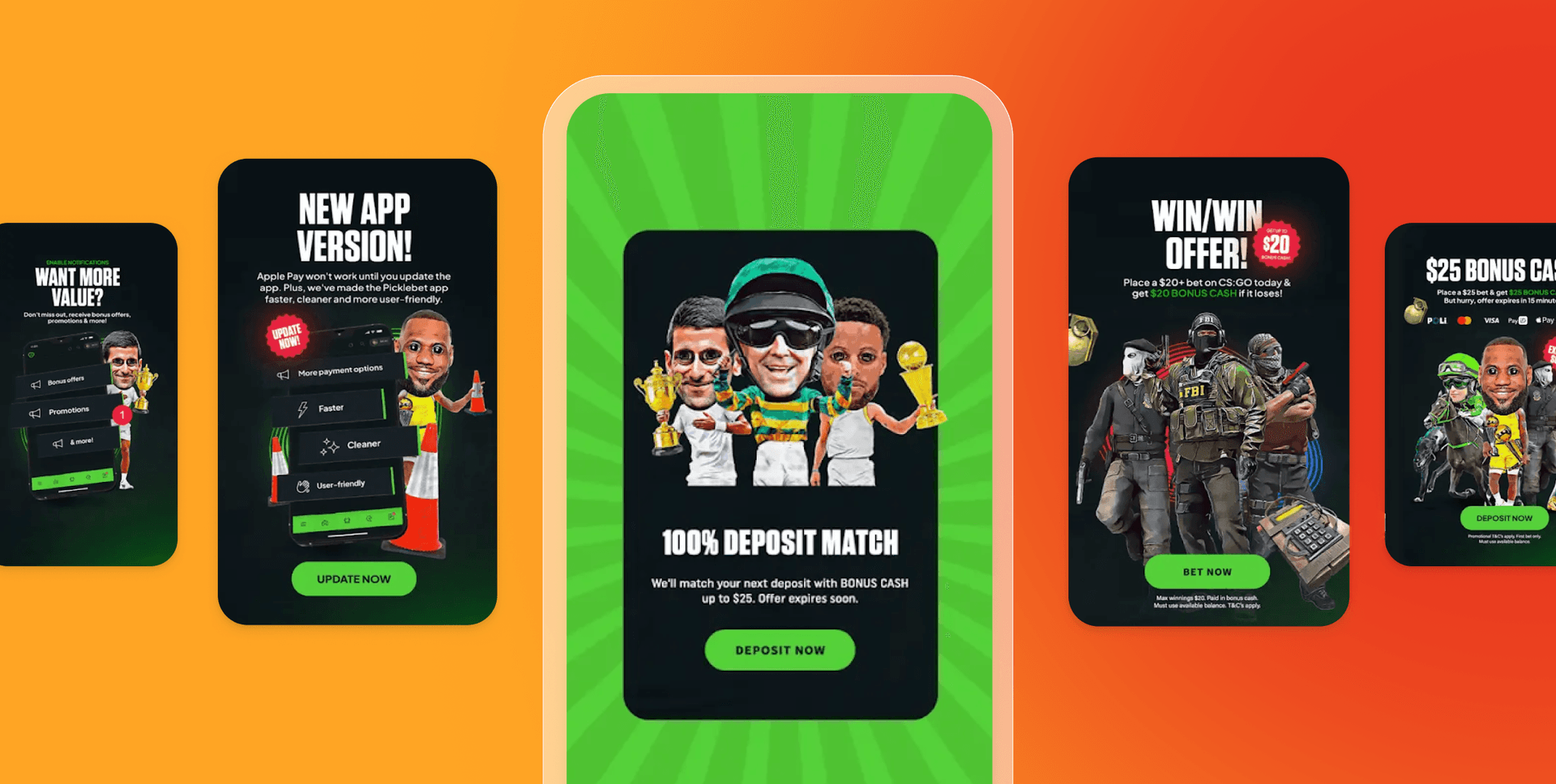
The solution
By pairing its proprietary betting engine with Braze, Picklebet delivered personalized journeys across SMS, email, push, and in-app. Using Braze Canvas Flow, the team could orchestrate campaigns that aligned to key lifecycle moments, experiment with channel mixes, and personalize offers in real time.
The results
- 116% increase in sessions per user
- 13% increase in retention
- 550% improvement in CAC payback
Cross-channel orchestration through Braze allowed Picklebet to build a profitable, high-retention growth strategy that kept users engaged without relying on costly promotions.
Final thoughts on add to cart rate
Add to cart rate shines a light on one of the most decisive moments in eCommerce—the shift from casual browsing to genuine purchase intent. It’s a KPI that not only reflects how well your product and pricing resonate but also reveals where friction may be holding customers back.
When viewed alongside benchmarks and other eCommerce KPIs, it becomes a powerful diagnostic for funnel health. And when paired with strategies like personalization, journey orchestration, and real-time engagement, it’s a lever brands can use to move customers forward with confidence.
With Braze, teams can act on these insights to improve add to cart rates in the moment—turning intent into action, and action into lasting customer relationships.
Add to cart rate FAQs
Add to cart rate is the percentage of site sessions where at least one product is added to a shopping cart. It shows customer interest and early purchase intent.
To calculate the add to cart rate, divide the number of sessions with an add to cart action by the total number of sessions, then multiply by 100. For example, 800 adds out of 10,000 sessions = 8%.
A good add to cart rate benchmark is typically between 2% and 10%, depending on the industry, product type, and customer intent.
Add to cart rate is important in eCommerce because it reflects purchase intent and highlights potential issues with product appeal, pricing, or site usability.
Factors that influence add to cart rate include product page quality, pricing and promotions, site speed, mobile experience, and personalized recommendations.
To improve add to cart rate, optimize product pages, use personalization, test CTAs, and run triggered cross-channel campaigns that nudge users toward checkout.
Personalization impacts add to cart rate by showing users relevant products, offers, and content, making them more likely to add items to their carts.
Braze helps increase add to cart rate through real-time personalization, timely triggered messaging, and cross-channel orchestration across email, push, SMS, and in-app.
The difference between add to cart rate and conversion rate is that add to cart rate measures intent (items added) while conversion rate measures completed purchases.
Your add to cart rate may be low due to slow site speed, poor mobile design, unclear CTAs, or weak product-market fit. Benchmarking can help uncover specific issues.
The average add to cart rate for eCommerce is around 2–10% globally, with higher rates in fashion and beauty and lower rates in luxury categories.
Yes, mobile traffic can affect add to cart rate because users expect fast, seamless experiences. Poor mobile design or slow load times often reduce cart activity.
Be Absolutely Engaging.™
Sign up for regular updates from Braze.
Related Content
View the Blog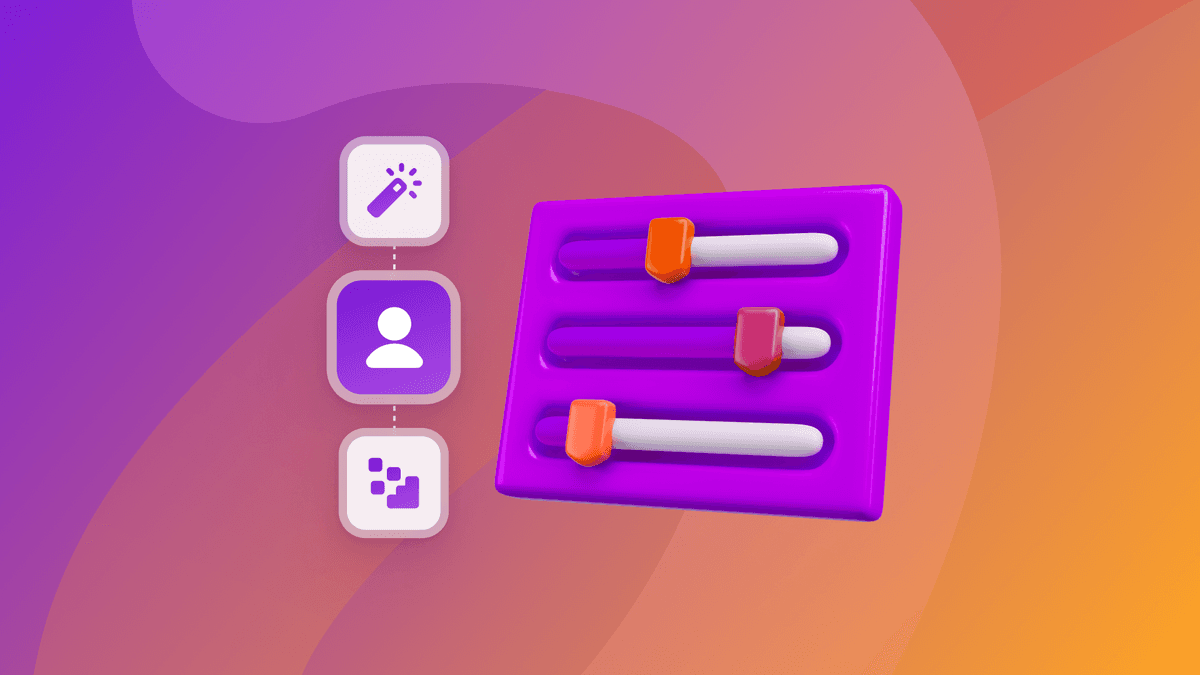
How behavioral marketing turns data into personalized experiences

Team Braze

Are you AI-savvy enough to survive? A wake-up call for CMOs

Team Braze

What are contextual bandits? The AI behind smarter, real-time personalization
